Definitive Drum Practice Guide from Beginner to Advanced – Part 2 – Practice Session
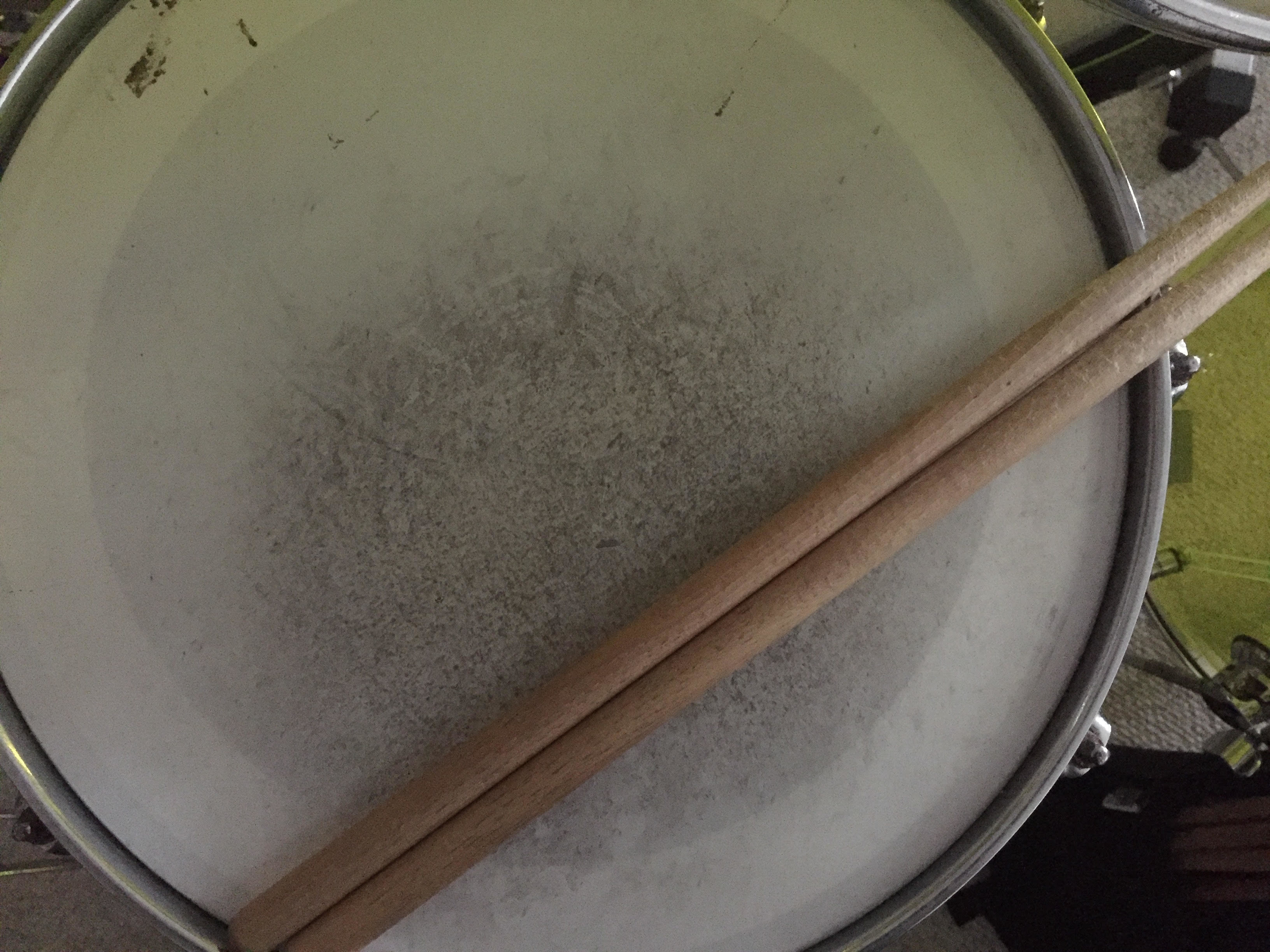
If you didn’t see part 1, go to:
Definitive Drum Practice Guide from Beginner to Advanced - Part 1 - Scheduling and Gear
It covers some very important things like scheduling what you practice and when. We’re about to move onto our actual practice session, but there’s one topic that I need to cover: lessons.
Should I get lessons?
I have an opinion on “lessons vs. self-taught” that I would like to explain so I can help you decide on whether you should get lessons or not. If you are self-taught or would prefer to be a self-taught drummer, then ok, but hear me out.
When you self-teach, in any subject or discipline, it only takes you longer to reach your goals if you do it without the direction of someone that has already reached similar goals. I understand that everyone learns a bit differently, but as long as you have a good teacher, they will always find a solution faster than you can. Otherwise you're just taking shots in the dark to try to figure out techniques, licks, etc.
Bottom line is, good teachers will always help you reach your goals faster. But, if you prefer to take longer in facilitating your drumming skills just so you can have the pride of being self-taught, then I won’t stop you. I understand there could be other reasons, but hopefully it’s not the pride thing. Anyway…
Setup
I am sure you already have some sort of setup that you may be particular about. If it’s working, then that’s great. Just remember that the “no pain, no gain” model is not ideal here. You’re essentially doing millions of repeated movements over time and if that movement is causing pain, it will become a problem. I would like to point out that I am not a doctor and you should consult a physician for any definitive answers. I just have some suggestions that could help you on a basic level.
Seat Height
Your current seat height will almost always feel the most comfortable because your accustomed to it right now. However, a physician did tell me that in the seated position, the human body will have the most control of it’s leg movement when the knee is at a 90 degree angle. I would urge you to try this seat height. I chose to “get used” to this seat height and it has worked well for me.
Cymbal Height
When you extend your arm above your head, or your shoulders past a 90 degree angle, you increase the wear on your shoulder. Your arms naturally hang downward as the most relaxed position so you would like to be as close to that as possible. As a suggestion, it’s better to keep your cymbals at eye level when seated or lower.
Stick Grip
I have a simple exercise that has helps me dramatically when it comes to stick grip. Stand up, drop your hands to your sides and completely relax them. Then, freeze one of your hands in that position and bring it up to look at it. Your fingers will naturally be curled a bit. This is your hands most relaxed position. Now, with your other hand, place your drumstick in your frozen hand. After that, you can unfreeze your hand to grip the stick with your thumb and pointer finger as the “fulcrum” while the other three fingers lightly touch the stick. With minimum movement from a fully relaxed position, you should be able to hold onto the stick with the fulcrum and guide the stick with the other three fingers.
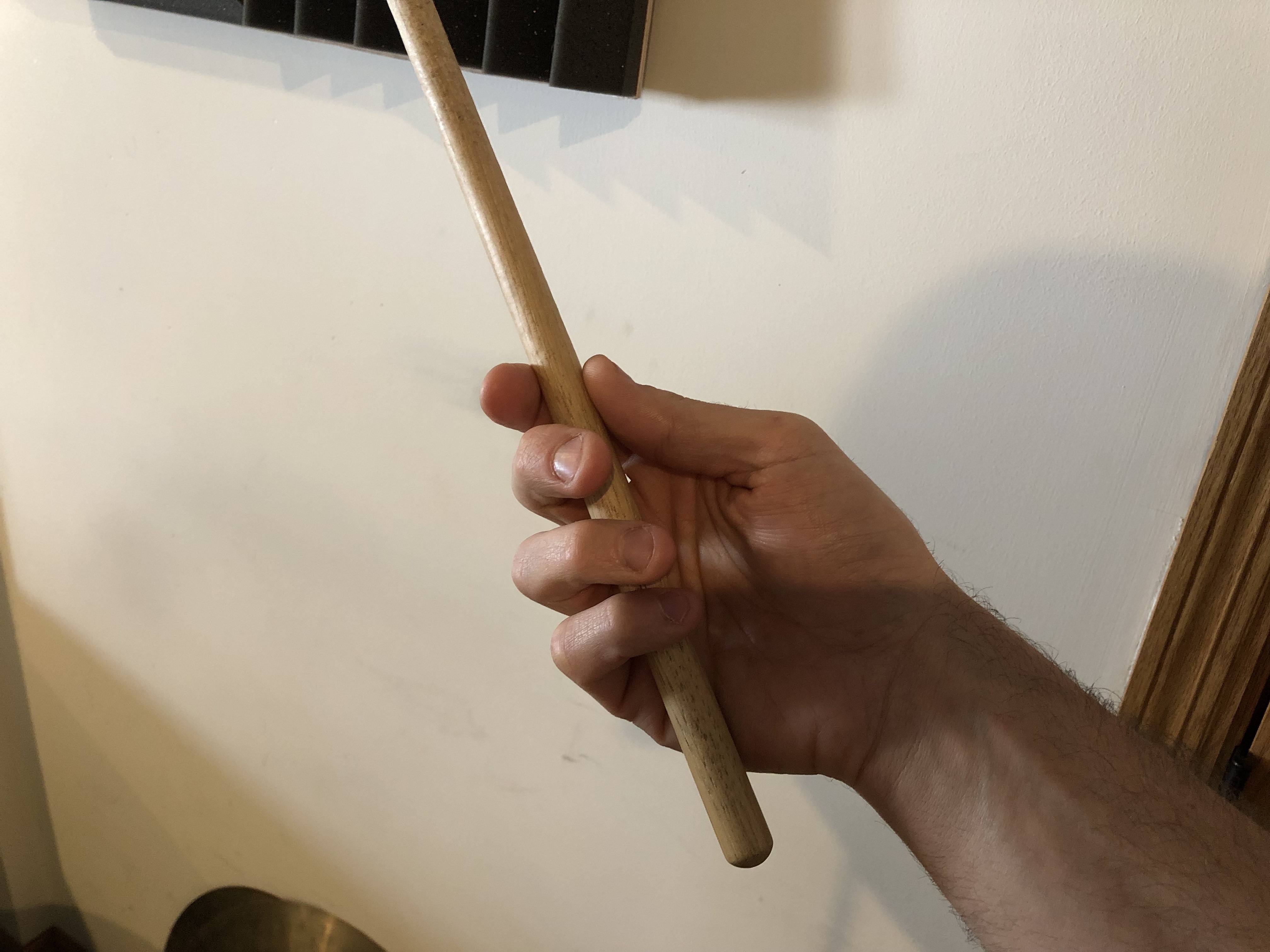
Warm-ups
Warm-ups are essential to a fruitful practice session. To really get the most out of it you should get your body temp up so your not “cold”, then stretch, then play some exercises. All in all, this should not take more than 10 minutes. I know it seems like a long time when you don’t have much, but it is essential. You only have to do it once in a day. If you work out in the morning, you should already be warm and stretched and then you just need to play a few exercises. Just take about 3-5 minutes and stretch these areas out:
Here are some stretches explained if you are unfamiliar with these stretches:
Wrist and Arm Stretches on aaptiv.com
Body Stretches on Self.com
Also, this drummer specific stretch feels great: the stick wrist twist. Just grab your drumstick in the middle and use your other hand to twist the wrist either direction until you feel the stretch and hold for about 10 seconds.
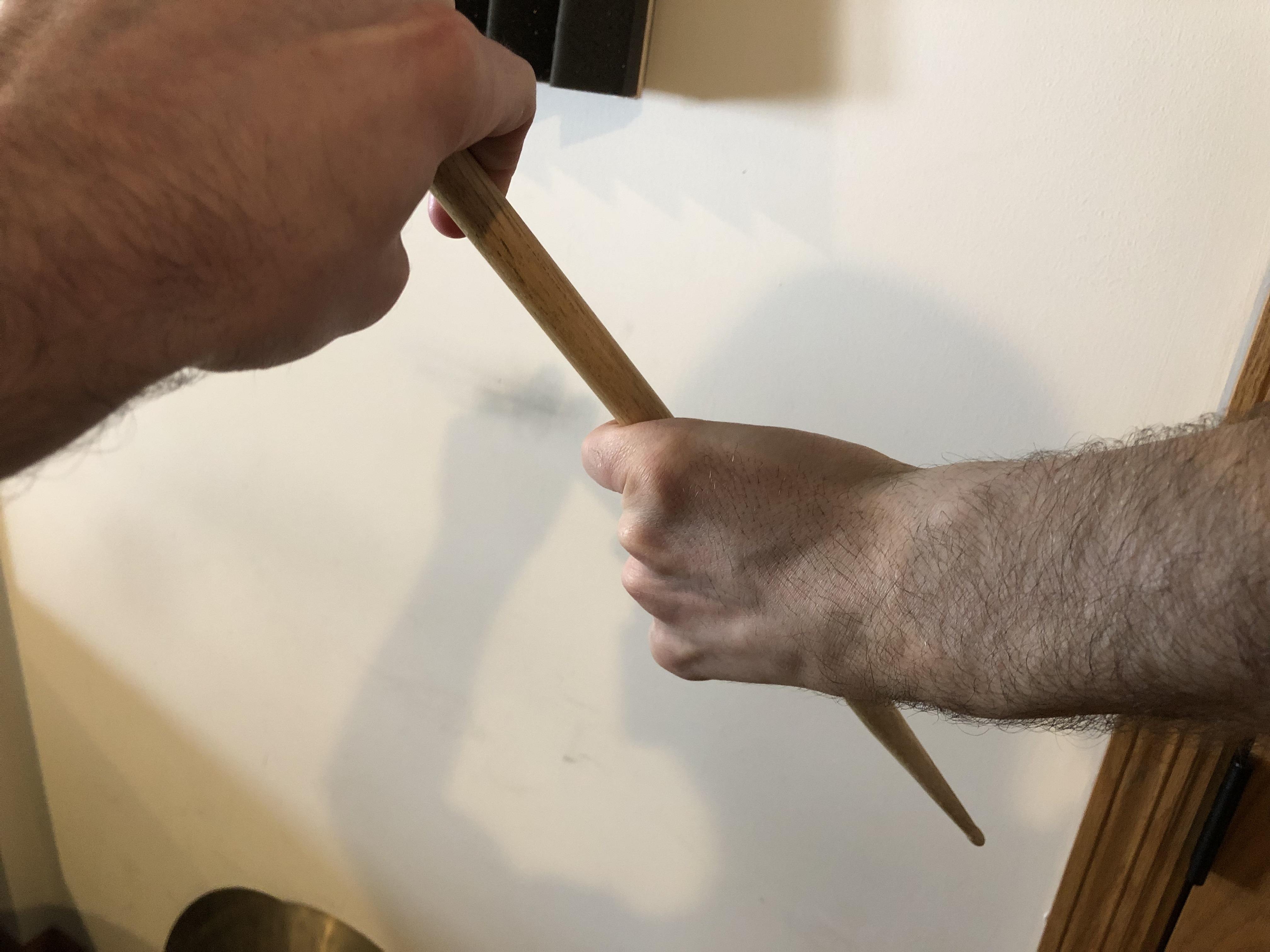
Right hand twisted to the left
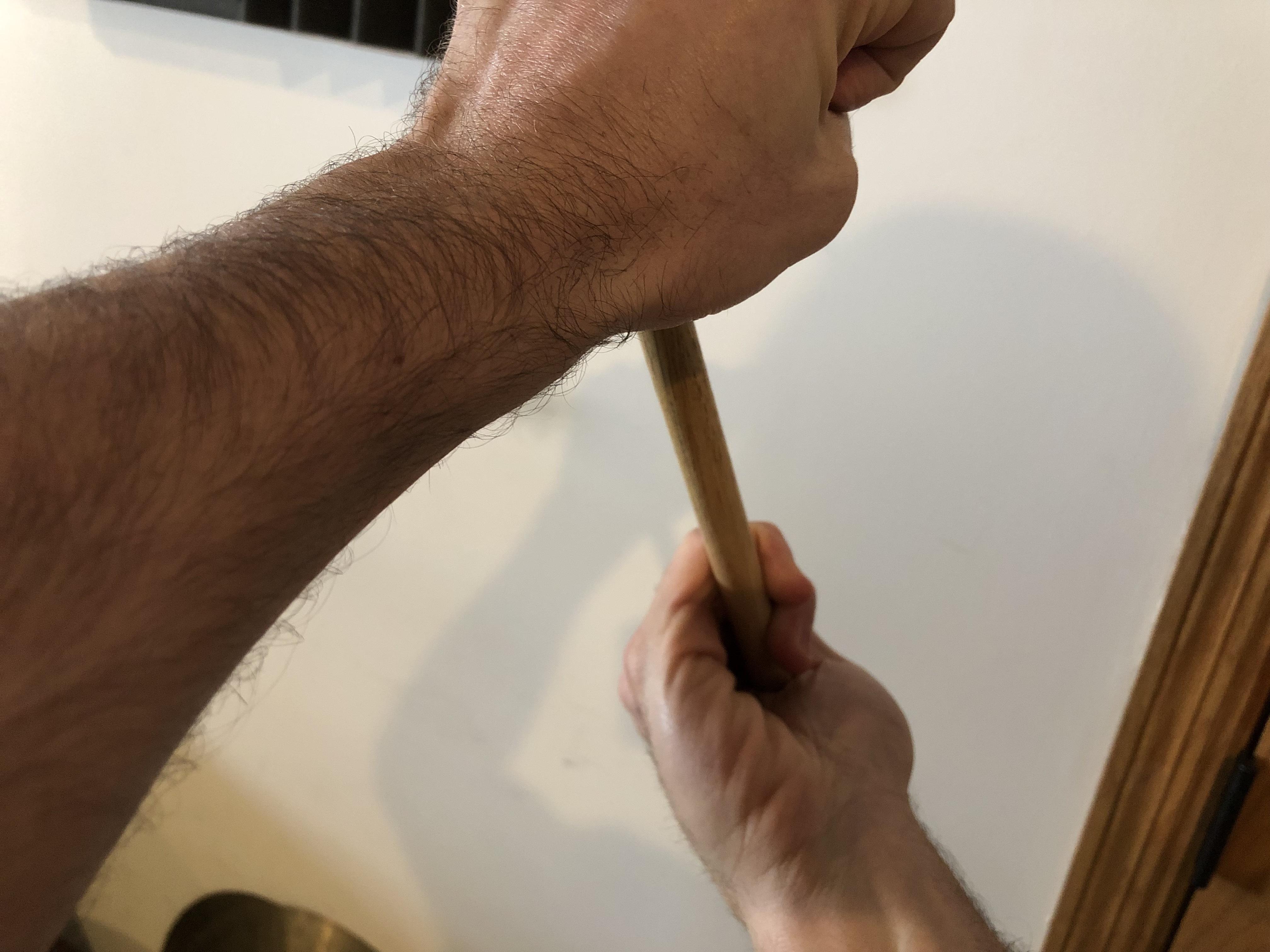
Right hand twisted to the right
Hand Warm-up Routine
I have a hand warm-up routine that warms up my hands AND integrates rudimental practice along with polyrhythms over a metronome click to work on timing. It’s not as complicated as it sounds.
I select two tempos; a slow starter tempo and a fast tempo. I set the metronome so that instead of a click on every beat, it clicks every four beats, or every downbeat. I just divide the tempo I want by 4. So if I want to play this at tempo 60, I have to set my metronome to 15. This might take some time to get good at it so don’t allow it to frustrate you too much! I actually have this setup in an Ableton Project if your metronome doesn’t go this low or if you would like to bring some metronome work to a new level. (look below)
It can be very difficult at first. If you need to, you can start at 80 bpm (which means you would set metronome at 20 bpm). I repeat each segment as many times as necessary and move to each segment without stopping while maintaining the same tempo regardless of the polyrhythmic activity. I have provided a PDF download of my warm-up exercises for you below.
Foot Warm-up Routine
For the feet, I do alternating right-hand/right-foot AND left-hand/left-foot groupings. I play them at a slow tempo and a fast tempo and repeat each segment as necessary just like the hand warm-ups. These really wake up my feet and help me sync my hands and feet better in all of my playing. This exercise is also notated in the warmups PDF below.
Metronome Tools
The last piece of the warm-up I sometimes do I call the “Hold Groove”. I pick any tempo and play a groove for 32 bars using my “Hold Groove” clip in Ableton Live. Basically, the metronome plays fewer and fewer times throughout the 32 bar clip. First it’s on every downbeat, then it’s every two bars, and eventually it doesn’t click for 4 measures. This is a test to see how well you can maintain the tempo. Make sure you try drastically different tempos each day.
In this Ableton project, if you switch over to arrangement view, there is a clip that progressively adds 1 bpm to the tempo every four bars. This works great if you’re trying to work up a new lick or groove. The instructions on how to use all of these features will be in the email I send you.
Practice Session
Finally it’s time to practice! So what do you practice? That question could ask a million more questions. What are your goals? What styles do you like? What are you good at and what do you need to work on? I’m hoping I can help you answer those questions by making some suggestions here.
Books
First of all, it is quite difficult to learn new musical styles or exercises without being able to read music. To play music, it’s not essential, but, it will help you move forward so much faster if you learn to read music. It opens an entire world of interesting books with exercises and concepts that would be difficult to utilize without knowing how to read music. Most beginning method books for any instrument teach how to read music. Here are some of the tried and true, best drum books out there.
Snare Drum
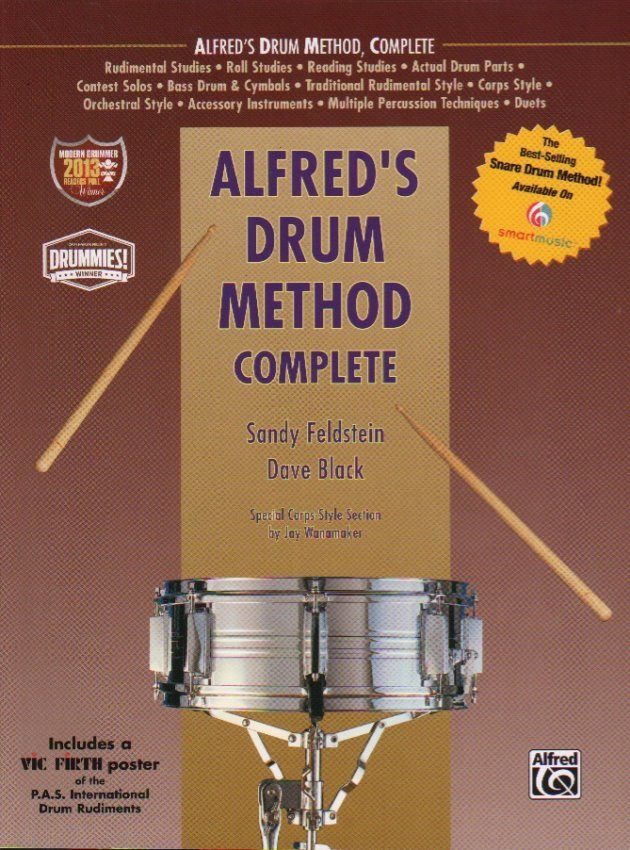
The Alfred series’ are always high quality and this one has been around forever. It has a fantastic method for learning to read rhythms and music and it goes over all the rudiments in a sensical chronology. This one is necessary if you're just starting out. (view item on Amazon.com) (commissioned links)

This book is comprised of snare drum solos that are somewhat advanced. The rhythms can be complex and the dynamics are very challenging. These snare drum solos can help you with drum set dynamics, rhythm, fills, and everything in between. (view item on Amazon.com) (commissioned links)
Rock
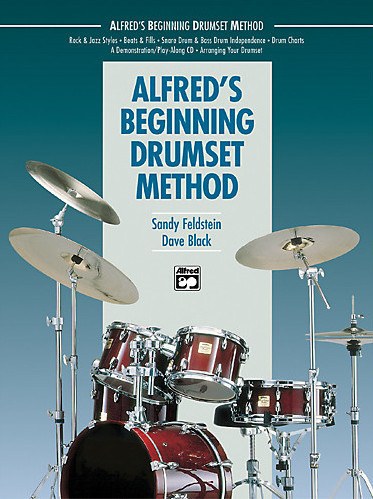
Another Alfred book! I literally learned to play drum set from this book. I still use a bunch of excerpts from this book in my lessons I teach today. It starts with the basics and starts to add simple beats and drum fills. There’s even an introduction to jazz in the second half. I would highly suggest getting it with access to the audio examples/CD. (view item on Amazon.com) (commissioned links)

This book was written by the legendary Peter Erskine of Weather Report (Listen on Amazon Music) and countless other groups. It is more of a complete series that starts basic and progresses quickly by the third book. I also think the beats in this series are very applicable in music today. I use a lot of exercises from this book in my lessons. Just start with book one and go from there. (view item on Amazon.com) (commissioned links)
Jazz
Both written by John Riley, an amazing drummer and educator in his own right, these two books are staples for learning jazz drumming. Not only are the exercises interesting and relevant, these books teach the entire concept behind bop music from forms and phrasing to motifs and soloing. (Art of Bop Drumming on Amazon.com / Beyond Bop Drumming on Amazon.com) (commissioned links)
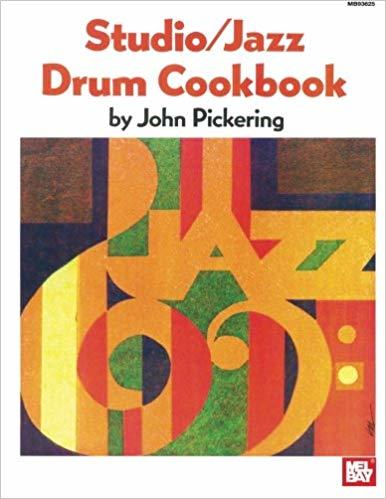
I like this book because it just has a ton of usable swing exercises to go over which can give you new rhythmic ideas for comping. (view item on Amazon.com) (commissioned links)
World Music

This book integrates authentic musical styles from Brazil, such as the samba, and combines their numerous percussion parts into ambidextrous, challenging, drum set grooves. I absolutely love the grooves in this book. (view item on Amazon.com) (commissioned links)

Another book from the same series as “Brazilian Rhythms…” that covers the challenging music of West Africa and applies it to the drum set. (view item on Amazon.com) (commissioned links)
Drum 'n' Bass/Electronic

Extremely thorough book with tons of content and exercises written by the great live drum ’n’ bass drummer Johnny Rabb. It walks you through how to come up with improvised drum ’n’ bass beats that sound interesting and authentic. (view item on Amazon.com) (commissioned links)
All Styles

I found this book very thorough and accurate judging by the amount of research the authors did to compile it. This book is a compilation of almost 500 different drum set styles along with a brief history of each and listening suggestions. This isn’t a book you work through from beginning to end. You use it as an encyclopedia when you encounter a new style that you want to learn how to play. (view item on Amazon.com) (commissioned links)
Concepts
Stick Control, written by George Stone, is a very old book of relatively simplistic patterns in sticking and rhythm for which it was used to teach snare drum for marching music. Since its inception, people have taken Stick Control to a whole new level and reconfigured the use of the patterns in very unique ways. It has become one of the most important drum set practice books ever written. Many years later, Joe Morello (of notoriety from Dave Brubeck's classic "Take Five"(Listen on Amazon Music)) a student of Stone, wrote the book Master Studies which takes the patterns and a slew of new ones in Stick Control and explains the different ways you can use them. “Master Studies” is the perfect title for this book. (Stick Control on Amazon.com / Master Studies on Amazon.com) (commissioned links)
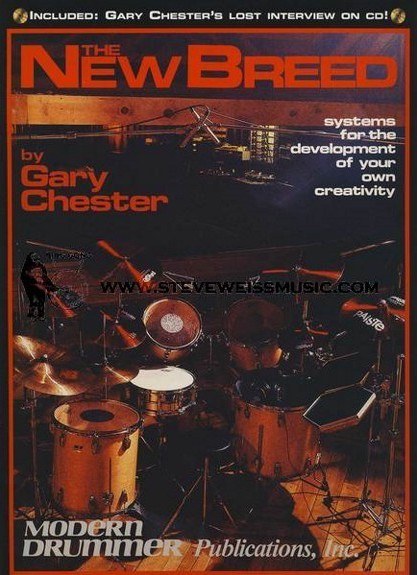
A very interesting conceptual book that integrates a series of systems into your playing to ultimately help you develop your own creativity. I especially like the addition of your “fifth limb”, your voice, which synchronizes your breathing and entire body with the rhythms at hand. (view item on Amazon.com) (commissioned links)
I will also implore you to check out the comprehensive list of timeless drum books from Modern Drummer:
Timeless Drum Books from Modern Drummer
Now, here are some practice tips to keep your eyes on the prize.
How do I work on my "groove" ?
The great Jon Fishman of Phish once used a great analogy to describe time and groove. Just picture a road where the yellow line represents perfect time and the outer white lines to the left and right represent playing on top of the groove and behind the groove. The road's center is usually defined by the rhythm section in the band and where they are implying the song's time exists.
It usually goes unspoken about where each musician chooses to lie on this road. Sometimes the bass player will sit on the back while the drummer pushes the time a bit. Sometimes it's the opposite. The years you spent listening to the music you love by master musicians has given your playing a natural feel that probably sits on its own unique position.
At your next rehearsal, try to start a conversation about where everyone likes to sit in each song. Sometimes when you talk about it, it can solidify the groove. But it can be a confusing concept to some so don't push the idea too hard.
If you are playing slow funk, soul, or any music that asks for a relaxed feel, you would want to consistently play a little bit behind the groove. You should also make sure you relax your shoulders and body when you play. At first, you may feel like your falling behind but as long as you consistently hit your beats a little bit behind, it will have a naturally relaxed feel or sometimes heavy feel.
If you want to give the song some energy, you can sit on top of the beat. This sounds like your speeding up but if you consistently playing a little bit ahead of the beat, you will give the song a front-edge sort of energy. Most rock and metal drummers play like this naturally. If you're not aware of this, it can limit your ability to offer different feels for other songs that might require a relaxed feel like ballads or slow heavy tunes.
Some great examples of drummers playing laidback feels that sound great are ?uestlove of The Roots on the album "Things Fall Apart" (listen on Amazon music), Jeff Porcaro of Toto on the album Toto IV (listen on Amazon music), Chad Smith of the Red Hot Chili Peppers on the album "One Hot Minute" (listen on Amazon music).
Some great examples of drummers playing a front-edge energetic feel are Stewart Copleland of The Police on the album "Regatta de Blanc" (listen on Amazon music), Nicko McBrain of Iron Maiden on the album "Piece of Mind" (listen on Amazon music). (commissioned links)
These are just a few but there are countless other examples you can explore. Here's an article from DRUM! magazine that lists some of the best groove drummers of all time: 15 Greatest Groove Drummers of All Time
This article from DRUM! magazine covers the idea of groove and what kind of feel fits with different styles/genres. Check it out here: Vital Beats Every Drummer Must Know
To work on your groove without a band, you can experiment with a metronome. Try taking different grooves that you are working on and consciously play them on top of the beat, then behind the beat, and then right in the middle of the beat. The more you practice different grooves and styles this way, the easier it will be to hear the differences and apply them to music.
Is it a physical limitation or a coordination issue?
Depending on how long you have been playing and how developed your muscles are, you could find yourself with some physical limitations. These are limitations that require muscle building over time in order to execute. One of the best examples of a physical limitation would be speed.
Hand or foot speed is not something you can work out in a day…it takes time. So, you have to differentiate the elements of what you’re working on so you don’t get frustrated. If there’s an element of speed as part of the groove or style you are working on, allow yourself the time to build the muscles. You could set a time aside during your practice session to work you hand or foot muscles until they burn! If you stay consistent, you will eventually build up that speed.
If you are finding a coordination issue in what your working on, it usually takes a lot less time to work it out. If you slow down the exercise and repeat it over and over slowly, the coordination with come around. You can also work on coordination with mental practice and visualization which I will cover in the next section!
“Amateurs practice until they get it right. Professionals practice until they can’t get it wrong.” -Unknown
Mental Practice
Sometimes we don’t have the time to practice…or, maybe we have idle time when we are away from our drum set. How about when your riding the bus home from work? …when your on an airplane? …when your working out? These are all times that you could visualize practicing and receive the benefit of practicing. Visualizing your practice helps you almost as much as actually practicing!
Here’s a great article from the reputable “Scientific American” which explains that this actually does work:
Can Visualizing Your Body Doing Something Help You Learn to do it Better?
As I said, visualization is a great way to work on coordination. While your riding the bus, plane, treadmill, etc., think of the groove you were last working on and visualize yourself completing the necessary movements to kill that groove.
You can also use mental practice for memorization. Repeating patterns over in your head will engrain them into psyche so you can improvise with them comfortably—especially odd meters! Also try repeating that complex song form in your head so you stop going to the bridge at the wrong time at band practice!
Ari Hoenig wrote a fantastic series of articles for Modern Drummer with the idea of mental practice called “Polyrhythmic Coordination”. He talks about one way to practice mentally is to teach yourself rhythms you couldn’t hear before. The articles he wrote appear in the July 2012, September 2012, November 2012, and February 2013 issues of Modern Drummer. Unfortunately, there’s only the fourth part available online unless you have a digital subscription to Modern Drummer. Here’s a link to Part 4:
Modern Drummer: "Polyrhythmic Coordination" - Part 4 - Six Note Base Rhythm
I hope you enjoyed this article and got something out of it. Be sure to check out some of the other articles I have on my page and keep up the good work.
Be well!
Other articles that may interest you:
Definitive Drum Practice Guide from Beginner to Advanced - Part 1 - Scheduling and Gear
Everything You Need to Become an Online Session Drummer - Part 1 - Getting Gear
**Full Disclosure: I earn a commission if you click any of these links and make a purchase, at no additional cost to you.**

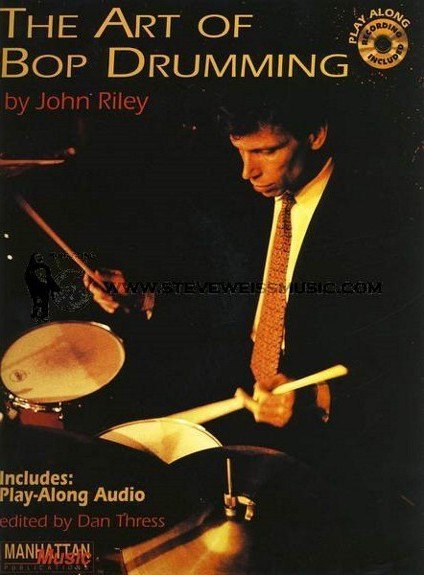
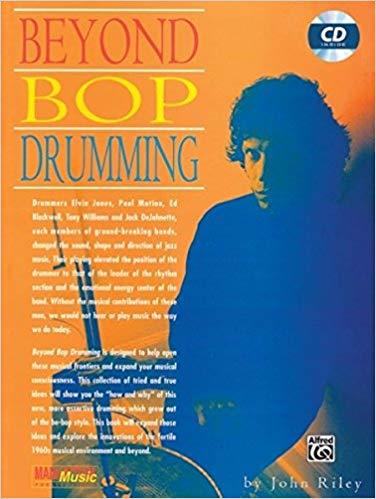
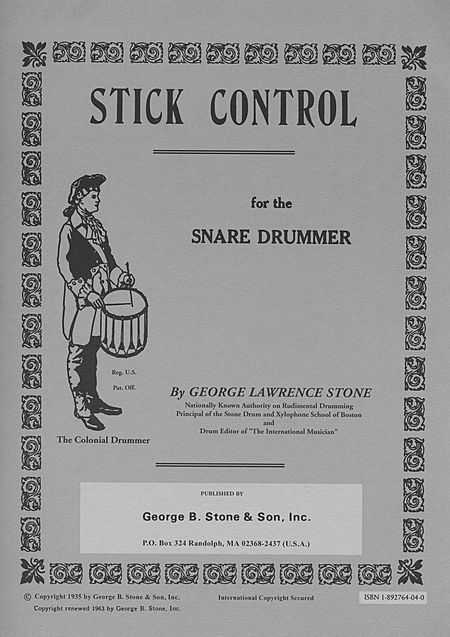
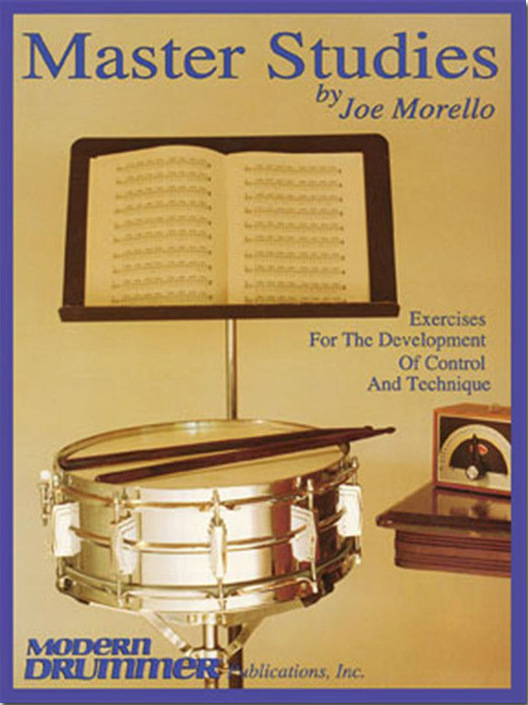
[…] is a link to Part 2:Definitive Drum Practice Guide from Beginner to Advanced – Part 2 – Practice SessionOther articles that may interest you:Everything You Need to Become an Online Session Drummer – Part […]
[…] Other articles that may interest you:Definitive Drum Practice Guide from Beginner to Advanced – Part 1 – Scheduling and GearDefinitive Drum Practice Guide from Beginner to Advanced – Part 2 – Practice Session […]
[…] Other articles that may interest you:Everything You Need to Become an Online Session Drummer – Part 1 – Getting GearDefinitive Drum Practice Guide from Beginner to Advanced – Part 1 – Scheduling and GearDefinitive Drum Practice Guide from Beginner to Advanced – Part 2 – Practice Session […]
[…] As your student moves along, I would strongly suggest reading my two part series on practicing. The links are right here:Definitive Drum Practice Guide from Beginner to Advanced – Part 1 – Scheduling and GearDefinitive Drum Practice Guide from Beginner to Advanced – Part 2 – Practice Session […]
[…] Definitive Drum Practice Guide from Beginner to Advanced – Part 1 – Scheduling and GearDefinitive Drum Practice Guide from Beginner to Advanced – Part 2 – Practice Session […]
[…] Other articles that may interest you:Everything You Need to Become an Online Session Drummer – Part 1 – Getting GearDefinitive Drum Practice Guide from Beginner to Advanced – Part 1 – Scheduling and GearDefinitive Drum Practice Guide from Beginner to Advanced – Part 2 – Practice Session […]